Colors play a significant role in food packaging and can greatly influence consumer decisions. This post explores how to effectively use colors in your food packaging design and discusses how packaging design services can assist you in this process.
The Power of Color in Packaging
Colors aren’t just for decoration; they evoke emotions and shape perceptions about your food product. This makes color a critical element in the design of product packaging.
Red: The Attention-Grabber
Red is a striking color that captures attention instantly. It can also stimulate appetite, which is why many fast-food chains incorporate red in their logos and packaging. You can add design elements in red to highlight a certain aspect of your prodct.
Examples of red in food packaging:
- Coca-Cola cans
- KFC buckets
- Lay’s potato chip bags
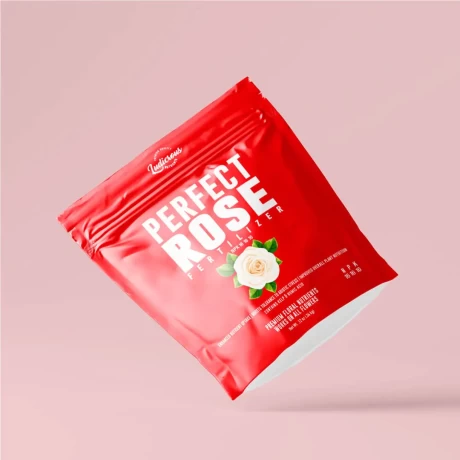
Orange: The Friendly and Fun Color
Orange exudes warmth and friendliness. It can make your product appear fun and exciting, making it a popular choice for snacks and beverages targeting younger audiences.
Examples of orange in food packaging:
- Fanta soda bottles
- Reese’s candy wrappers
- Doritos chip bags
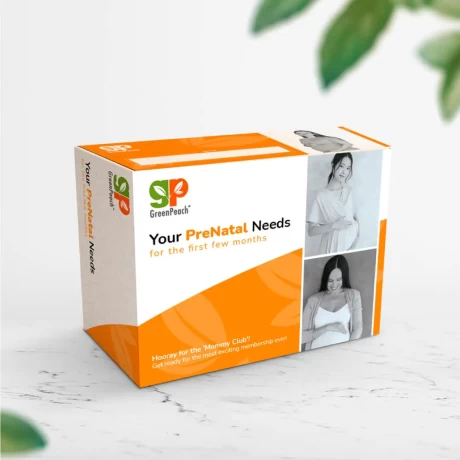
Yellow: The Happy Hue
Yellow is bright and cheerful, often making people feel happy when they see it. It’s frequently used in packaging for breakfast foods and snacks. Yellow is also used in packaging labels to highlight a feature surrounding its nutrition.
Examples of yellow in food packaging:
- Cheerios cereal boxes
- Lay’s potato chip bags
- M&M’s candy packaging
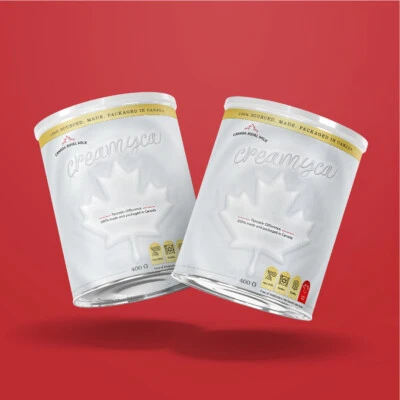
Green: The Fresh and Healthy Choice
Green evokes thoughts of nature and health, making it ideal for organic or health-conscious products. Many vegetable and organic brands utilize green in their packaging.
Examples of green in food packaging:
- Whole Foods store brand products
- Green Giant vegetable packaging
- Tropicana orange juice cartons
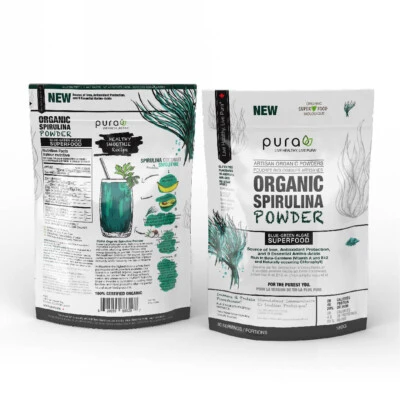
Blue: The Trustworthy Tone
Blue conveys calmness and trust, although it’s less common in food packaging because it isn’t typically associated with food. However, it works well for dairy products and beverages. Blue is a great choice of color for showing information about the product which you want it to feel trustworthy.
Examples of blue in food packaging:
- Oreo cookie packages
- Pepsi cans
- Dairy Milk chocolate bars
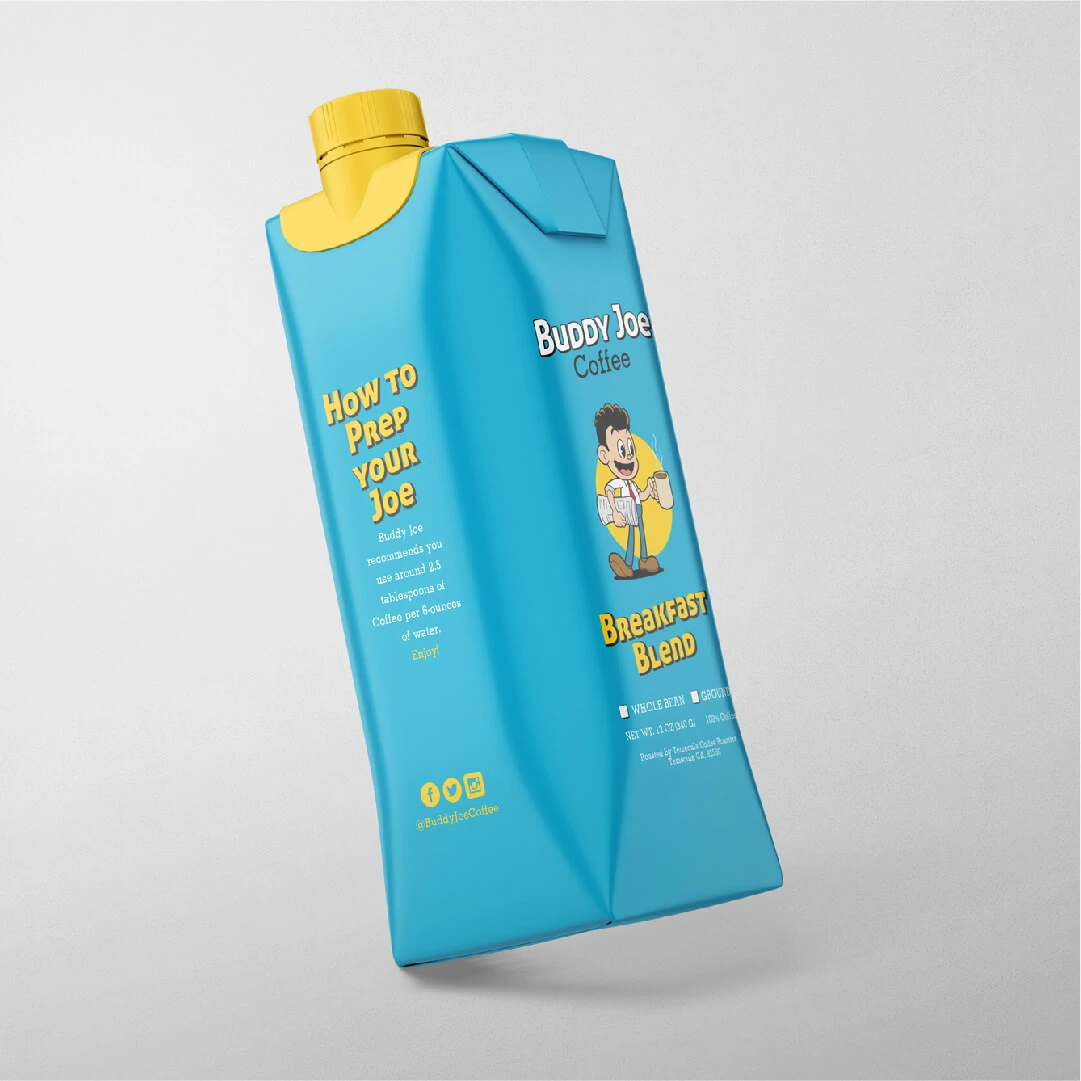
Purple: The Luxury Look
Purple is associated with luxury and quality, often used for premium or indulgent foods. It’s a popular choice for chocolate and wine packaging.
Examples of purple in food packaging:
- Cadbury chocolate bars
- Silk almond milk cartons
- Whiskas cat food bags
[agregar foto
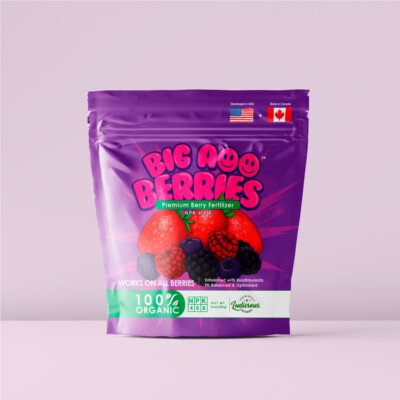
White: The Clean and Simple Style
White suggests purity and simplicity, giving your product a clean, high-quality appearance. Many organic or natural food brands incorporate white in their packaging.
Examples of white in food packaging:
- Apple iPhone boxes (not food, but a good example of clean design)
- Chobani yogurt containers
- Häagen-Dazs ice cream tubs
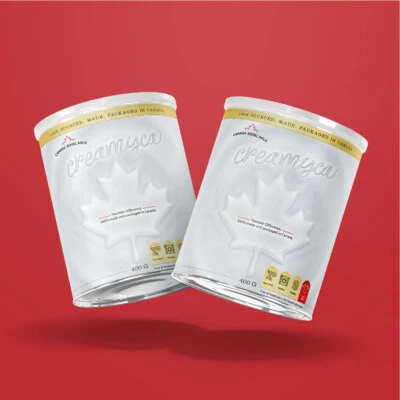
Black: The Elegant Option
Black adds a touch of elegance and sophistication, often used for premium products or dark chocolate. It can also make other colors on the packaging stand out more.
Examples of black in food packaging:
- Guinness beer cans
- Lindt Excellence dark chocolate bars
- Nespresso coffee capsules
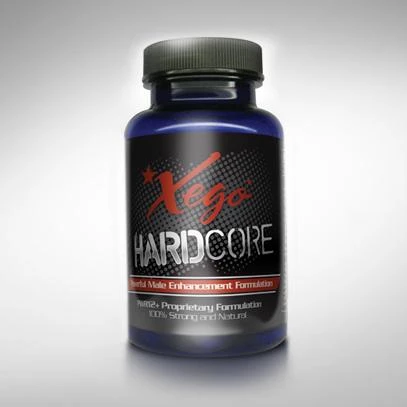
How to Choose Colors for Your Food Packaging
Selecting the right colors is crucial in product design packaging. Here are some tips:
- Know your target audience: Different age groups and cultures may have varying color preferences. A packaging design service can help you understand these preferences.
- Think about your brand: Your packaging colors should align with your brand’s personality. Are you fun, healthy, or luxurious? Choose colors that reflect your brand identity.
- Consider your product: What color is your food? Choose packaging colors that complement your product. For example, green packaging can make red apples stand out.
- Look at your competitors: What colors are they using? You can choose similar colors to fit in or different ones to stand out.
- Test different options: Experiment with a few color choices to see which ones resonate best with your audience. The best packaging design agency can assist you with this testing. Testing many options will give you the best packaging solution for your product.
Color Combinations in Food Packaging
Using more than one color can make your packaging more engaging. Here are some effective combinations:
- Complementary colors: These are colors opposite each other on the color wheel, like red and green or blue and orange, creating a strong contrast.
- Analogous colors: These are colors next to each other on the color wheel, like yellow, orange, and red, creating a harmonious look.
- Monochromatic colors: These are different shades of the same color, like light green, medium green, and dark green, creating a cohesive appearance.
- Triadic colors: These are three colors evenly spaced on the color wheel, like red, yellow, and blue, creating a balanced and vibrant look.
The Role of a Packaging Design Service
A professional packaging design service can guide you in selecting the most effective colors. They understand color psychology and current trends, ensuring your packaging is both visually appealing and marketable.
What to Look for in a Packaging Design Agency
When selecting a packaging design agency, consider the following:
- Experience with food packaging: They should be knowledgeable about the food industry’s standards and trends.
- A strong portfolio: Review their previous work to see if their style matches your vision.
- Understanding of color psychology: They should know how colors influence consumer behavior and decisions.
- Knowledge of printing processes: They should ensure your colors look good when printed.
- Ability to create a cohesive brand image: The best packaging design agency will ensure your packaging aligns with your overall brand.
Before finalizing your color choices, consider the context where your product will be displayed. The retail environment, lighting, and shelf placement can change how colors look.
For example, bright store lighting might make colors more or less vibrant. Also, think about how your packaging will appear next to competitors’ products. Will your color scheme help your product stand out or blend in?
Longevity of Your Packaging Design
It’s also important to think about the longevity of your packaging design. Trends in color and design change quickly, but your packaging needs to stay effective over time.
While following the latest trends might be tempting, timeless color combinations can keep your product visually appealing even as trends shift.
The Customer’s Emotional Journey
Consider the emotional journey of your customer. The colors on your packaging guide them from noticing your product to deciding to buy it.
Think about how your colors will make them feel at each step. Will they feel trust? Excitement? Curiosity? These emotions can strongly influence their decision to purchase.
Sustainability and Eco-Friendliness
Finally, think about sustainability. More consumers care about the environment. Your color choices can show your brand’s commitment to sustainability.
Earth tones and natural hues can signal eco-friendliness. Simple, clean colors can also reduce the amount of ink used in printing, which may appeal to eco-conscious customers.
By considering these factors, you can create packaging that not only catches attention but also connects with consumers on a deeper level. This connection can lead to stronger brand loyalty and higher sales.
Color plays a powerful role in food packaging design, influencing whether people notice, like, and ultimately purchase your product. By understanding color psychology and collaborating with a skilled packaging design service, you can create packaging that stands out on the shelf.
Remember, the design of product packaging is about more than just aesthetics. It’s about forming a connection with your customers, and the right colors can help you achieve that. Whether you’re launching a new product or revamping an existing one, carefully consider your color choices. With the right approach, your food packaging can become a compelling marketing tool.


